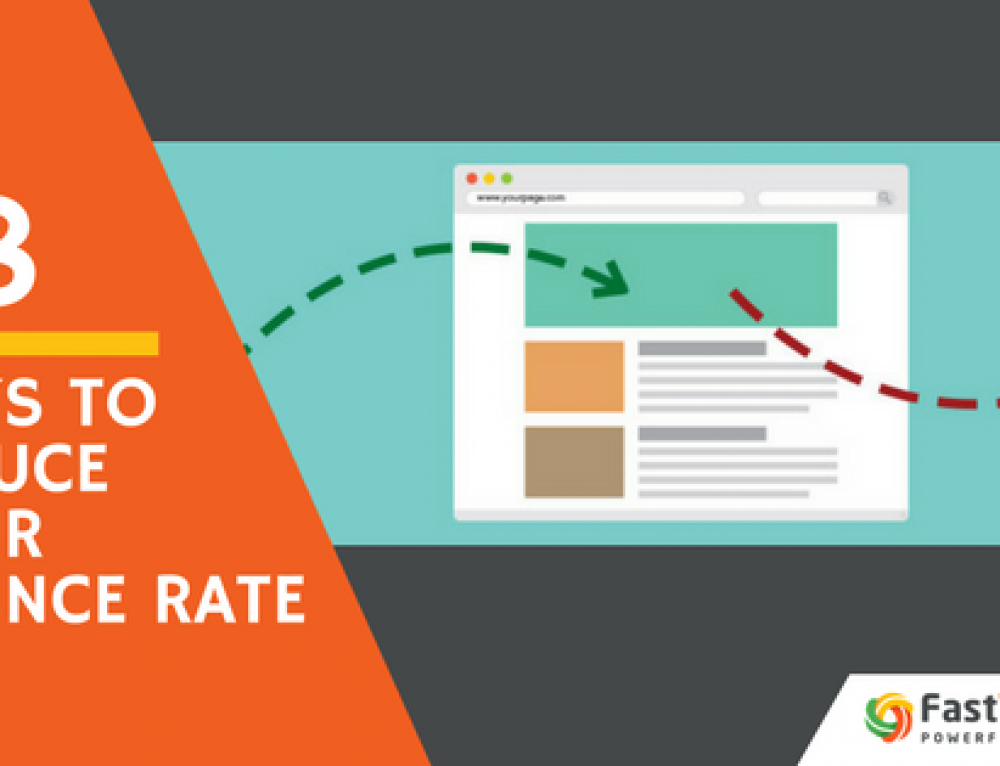SEO is a free service that lets you generate organic traffic to your website through search engines like Google and Yahoo. With slight modifications to your website, you can optimize it to rank higher in search engine result pages (SERP). If you are wondering how SEO can make your business grow online and off it, follow these 10 on-page SEO tips to see the results.

1) Insert Keywords in Domain Name
If your business is about car rental in New York, you should optimize your website for the associated keywords. For instance, people will search for ‘car rentals NY’ and will get what they want within the first two pages. Your goal is to make sure you rank in those pages. Adding keywords to your domain can help you rank higher.
2) Keywords in Post URL
If there are no keywords in the URL, WordPress, or Blogger, you can change it from the permalinks options. This makes sure the post title appears in the URL, making it easier for people to search for your content.
3) Keywords in Headings, Tags, Body, and Meta Description
Try to use the keywords in titles, headings, subheadings, body, and meta description at least once. However, do not overuse them, as generic content is becoming outdated and Google no longer entertains them with its updated algorithms.
4) Interlink
Interlinking is a great way to organically rank higher in search engines. All you have to do is link your related posts containing keywords. However, don’t link same keywords twice as it will make your posts generic. If you are thinking of outbound linking, make sure you don’t like spam websites.
5) Optimize Images
Add tags and titles in all images. Make sure you optimize the image size to reduce server load. Compressing the image size without compromising quality is called lossless optimization. This reduces the loading time of your site, and Google Site speed feature will rank it higher.
6) Optimize Your Content
Decreasing the time it takes for your website and blogs to load significantly affects the traffic. Reduce unnecessary meta tags and scripts. Use Google Page Speed tool to evaluate the speed of your website and then optimize it.
7) Submit Your Content to Search Engines
Create a Google Analytics account and submit your webpage with sitemap. This helps you track your ranking and what pages are visited the most. Do this with other search engines to get real time statistics.
8) Friendly Navigation
A user won’t stay on your website for long if it takes too long to load and is difficult to navigate. Include two sitemaps on your website for traffic and search engines. Employ breadcrumbs for traffic sitemap and Xml for search engine sitemap.
9) Content is King
Quality content goes a long way in decreasing the bounce rate of a website. Engage your audience with fresh and appealing blogs, articles, and other content. Make sure to add a social media sharing tool to make your content go viral.
10) Social Network
Create social media profiles on Facebook, Google+, Twitter, and LinkedIn among others. Share your daily posts on these platforms to make your content reach an unprecedented audience. Remember to put your domain name in the profiles to boost your SEO ranking.

 Phone: 1(877) 215.8104
Phone: 1(877) 215.8104 Login
Login


Leave a Reply